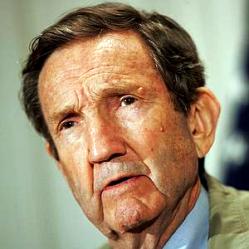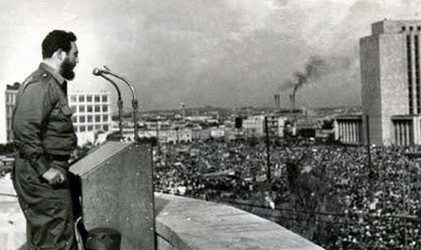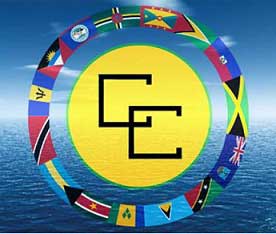Therefore, it has a strategic and long-range character, linked to the elements of the national security of the United States and that transcends partisan or sectorial peculiarities by involving all levels (power) states of the United States.
Therefore, it is the “State Policy” of the United States to Cuba. Although this is a more political than legal, character in the case of U.S. policy toward Cuba has always had a legal base, more or less wide. ( For example , the theory of ripe fruit , the Monroe Doctrine, the thesis of manifest destiny , the Joint Resolution of Congress April 1898 , the Platt Amendment , the Reciprocity Treaty , the proclamation of the blockade against Cuba ; “sanctions ” of the OAS against Cuba , the Torricelli and Helms – Burton , and many more .
Using the English term, “the law of the land” , reaffirmed when all resolutions and regulations were incorporated into the U.S. Code . is, this policy covers all instruments been in force at the time because they regulate the action of the state of the United States of America on Cuba .
In the present case, since the beginning of the United States as an independent nation this policy has had an ultimate goal: exercise domination over the territory and Cuban people.
As the years have passed , decades and centuries , this policy has been developed in circumstances , scenarios and different historical moments , in which each president the nation has had to make adjustments to preserve the strategic objective : to exercise domination over Cuba .
Accepting this definition implies that no U.S. president can single-handedly change the ultimate goal of this policy, although either may modify its enforcement, as the circumstances transform.
We can distinguish three main stages in this policy: the stalking (1776-1898) , that of domination (1899-1958) , and the recovery attempts ( 1959 – to date) .
The first two stages have been overtaken by historical events. It is this third stage in which the United States has failed to achieve restores its domination over Cuba.
We will not do the long history of what passed in more than fifty -four. Just refer to the current circumstances.
The United States has failed in all actions carried out to restore its domination over Cuba: diplomatic and political isolation, economic blockade and commercial launch of terrorism, sabotage and espionage against Cuba, promotion of internal subversion to provoke an uprising armed counterrevolutionary invasion of the territory of Cuba by the regular armed forces of the United States.
The adequacy of U.S. policy towards Cuba is also consistent with the dawn of the twenty-first century brings with it a number of circumstances that actually collide with American purposes :
The process of updating the Cuban socialist model that is driven by the decisions of the Sixth Congress and the First National Conference of the Communist Party of Cuba .
The political, economic and social conditions in Latin America and the Caribbean that are shaping a historical trajectory aimed at discarding the hegemonic domination of the United States in the region.
The loss of the ability of imperialist domination of the United States in the world in the last twenty years, the United States has gone from being the unique hegemonic power to an omnipotence situation but not omnipresence.
At present, under the presidency of Barack Obama, the United States is at a crossroads regarding its policy toward Cuba: o maintain the current policy to restore its domination over Cuba (which others, is doomed to failure) or change its strategic objective, abandon their attempts to restore political domination and promotes coexistence with Cuba, while respecting their independence, sovereignty and self-determination of its people.
Translated by Daysi Olano




